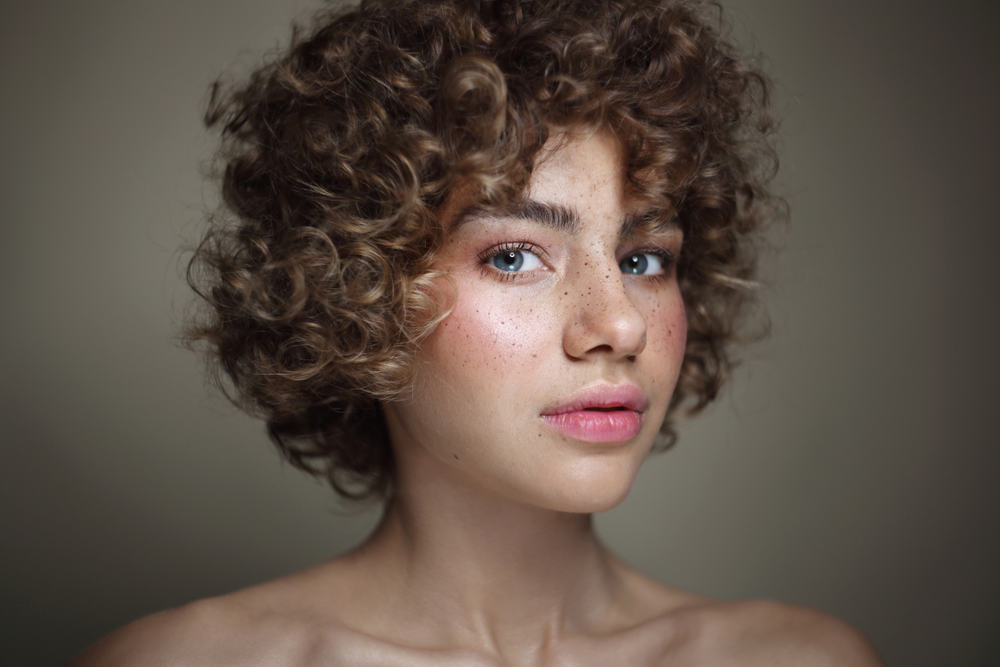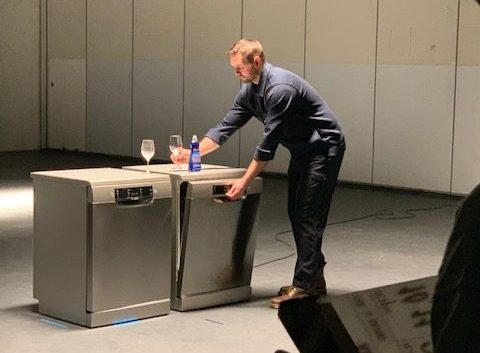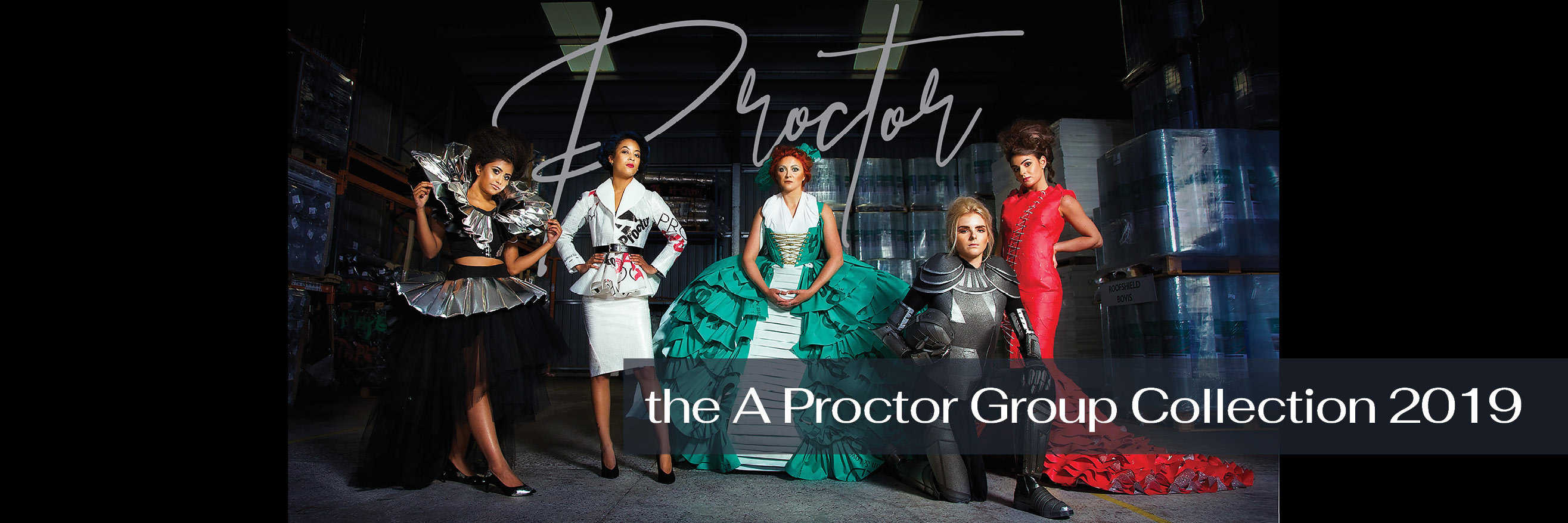Is your hair feeling the effects of lockdown? Without the luxury of visits to our local hair salons your hair may have taken on a new life of it’s own..
Dry ends, frizz, faded colour – we’re all suffering and have taken to look for magical hair conditioners available on the market to try save our luscious locks. Most brands available to us are effective to maintain healthy, glossy hair, but have you ever wondered about the science behind the product?
In this blog, Models Direct takes a brief look at the ingredients that make your hair really stand out.
With numerous brands out there, the ingredients will vary, although the basic science behind the magic of conditioners is the same. About 90% of most – if not all – conditioners is water (“Aqua”) and this applies to shampoos. Below are some of the five most common ingredients found in hair conditioners:
1. Emollients (fatty, moisturising alcohols). These really come into play to soften hair and keep it “bouncy”. A good example of an emollient is cetearyl alcohol, which acts a waxy water barrier. It’s therefore great to prevent hair from getting tangled.
2. Quaternary ammoniums cations (“quats”). These compounds have a positive charge and bind to negatively-charged hair, reducing static. Sounds simple enough, although judging by Einstein’s trademark hair, he probably didn’t use conditioners!
3. Preservatives. There are loads of compounds and chemicals that are in this class, and their function is that of protection against microorganisms.
4. Hydrolysed proteins. These generate a film to increase moisturisation, and thus are great for dry hair. Some examples are soy,
5. Humectants. These are substances described as “hygroscopic” – meaning they absorb moisture. So, humectants like olive oil, Panthenol* (a variety of vitamin B5) and glycerol preserve hair moisture and can attract moisture to hair – hence they are beneficial for more making hair more pliable and, ultimately, more manageable.
* The super-brand Pantene derived its name from this ingredient.
In simple terms, conditioners offer a repair job – think of them as your very own MOT for your hair. A lot of the laws of chemistry and physics are based on “opposites attract”. This is true of hair conditioners. Flakes of hair overlap to form a cuticle layer that protects the inner strands of hair. When light reflects off the cuticle layer, it produces your hair’s natural shine – and when hair is frizzy, it basically means that the cuticle layer is being eroded, a bit like frayed rope. In slightly more detail, the cationic charge (always a positive charge) binds with the negative charge on the hair strand. This bind – or attraction – is strong enough to envelop the strand, in effect enclosing the strand in a protective case. Cuticle flakes are then packed tightly together, thus resulting in smoother hair. The emollients will help your hair feel soft even after a rinse.
Products that combine shampoo and conditioner are standard nowadays, as they are more convenient than two separate products (and are cheaper). However, using a separate conditioner is more effective for glorious hair free from tangles.
So the next time you have a shower, think about the basic chemistry rule of “opposites attract.” It’ll hopefully hold you in good stead before your next modelling shoot – and when someone pays you a compliment, you can educate them on the science behind your bouncy locks!






